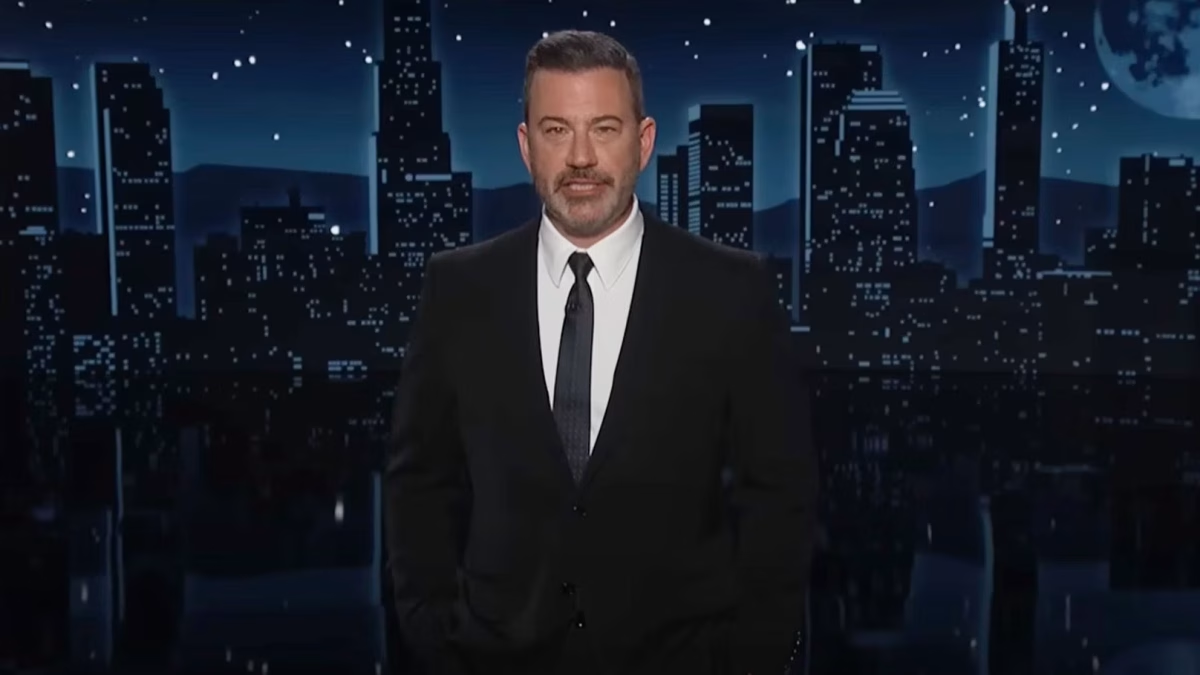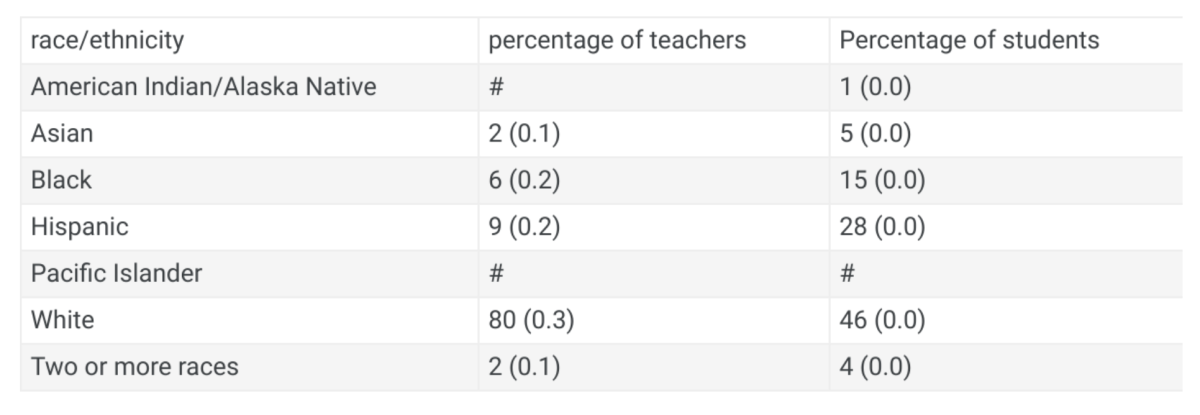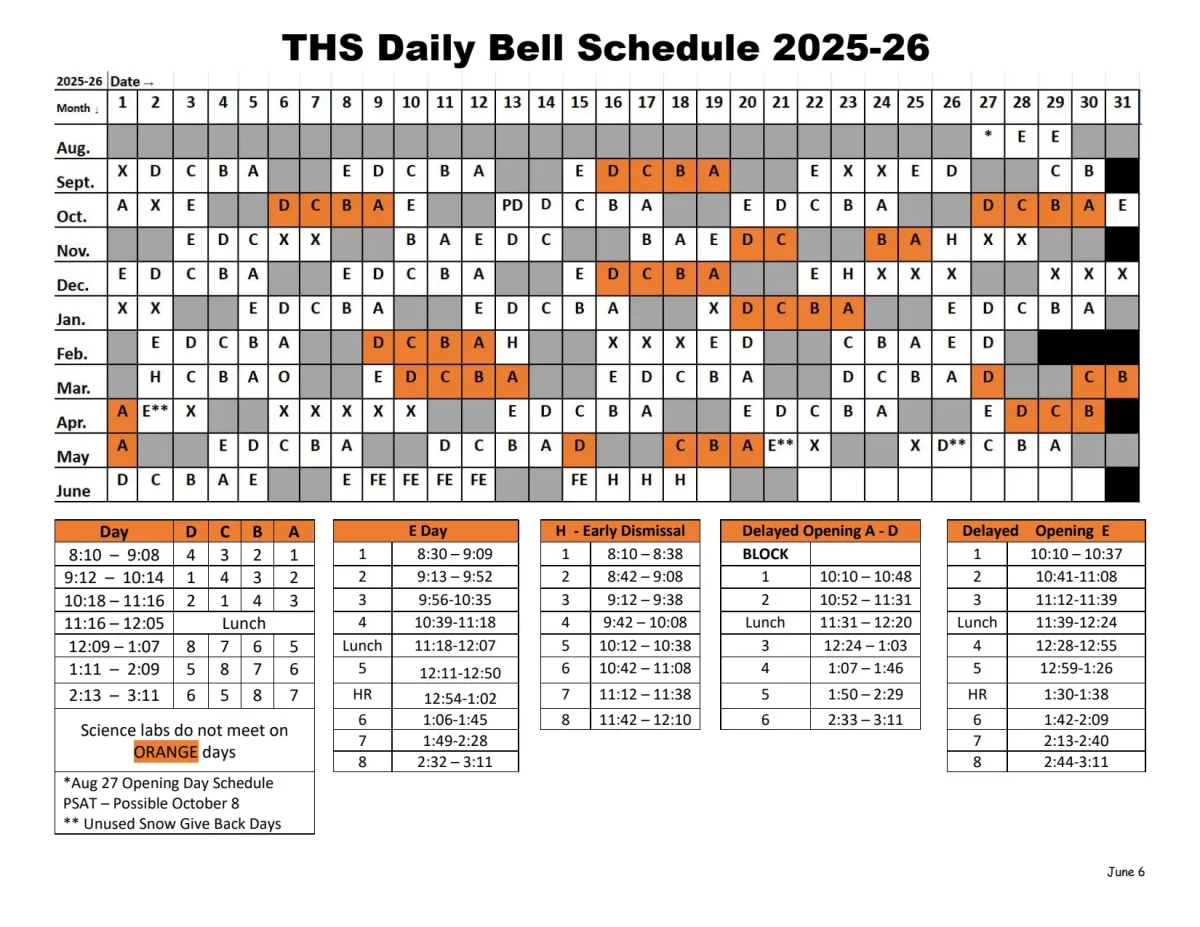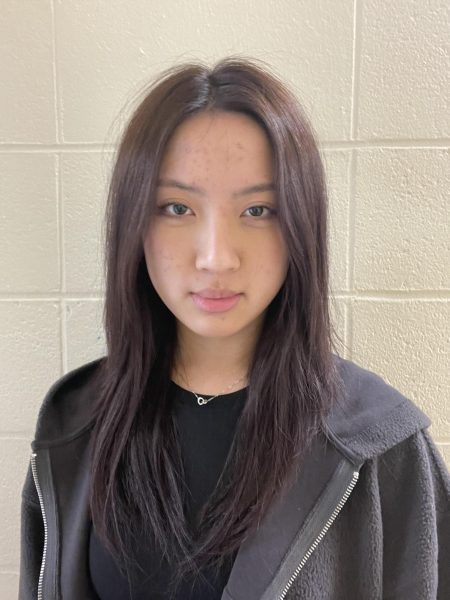Here at THS, we have a total of 115 teachers: 15 in the English department, 14 in math, 19 in science, 14 in history, 12 in language, 16 in special education, and 25 in electives and physical education. If you think back to any of the teachers you have had, how many can you count being African American? Well, if you were to actually count, like I did, you would be sitting here all day, because THS currently has zero black teachers on its faculty. It’s hard to fathom the idea that a high-performing school like THS sorely lacks African-American representation; however, it is a very real issue—one that is important to acknowledge.
Tenafly is a town of diversity, made up of students with varying backgrounds, but this diversity is not fully reflected in the staff at THS. Making sure that the demographic of teachers aligns with that of students is exceedingly crucial, for it provides role models and representation for students. The fact that Tenafly High School has no African-American teachers means that African-American students at the school are not fully represented.
It is not an uncommon notion that teachers are role models for many students. Teachers are the people we look up to, and even though a teacher’s race isn’t the prime factor in this, having a teacher who has the same ethnic background can contribute to students’ sense of belonging, help students feel more closely associated with the community, and strengthen the student-teacher relationship. People tend to feel a deeper connection with people who share the same race as them, and they may even feel more comfortable talking about personal issues. When I have teachers who are Asian, I can connect with them: I know that they understand a lot of my struggles, and vice versa. Minority groups should not be deprived of this right to have a relatable teacher. Just because African-American residents make up five percent of Tenafly’s population—notably less than the percentage of Asian or White residents—does not mean that African-American teachers are any less necessary in our district. All students deserve teachers who reflect themselves, and right now, black students at THS lack any.
Additionally, this problem isn’t just pertinent in Tenafly: it is present across the country. According to the National Center for Educational Statistics, the African-American teacher to African-American student demographic ratio in the US is six to 15; meanwhile, the white teacher to white student ratio is 80 to 46. The disproportionate statistics between these ratios highlight an urgent need for change within school districts, and since Tenafly schools similarly reflect these statistics, they must change as well.
















































































































































